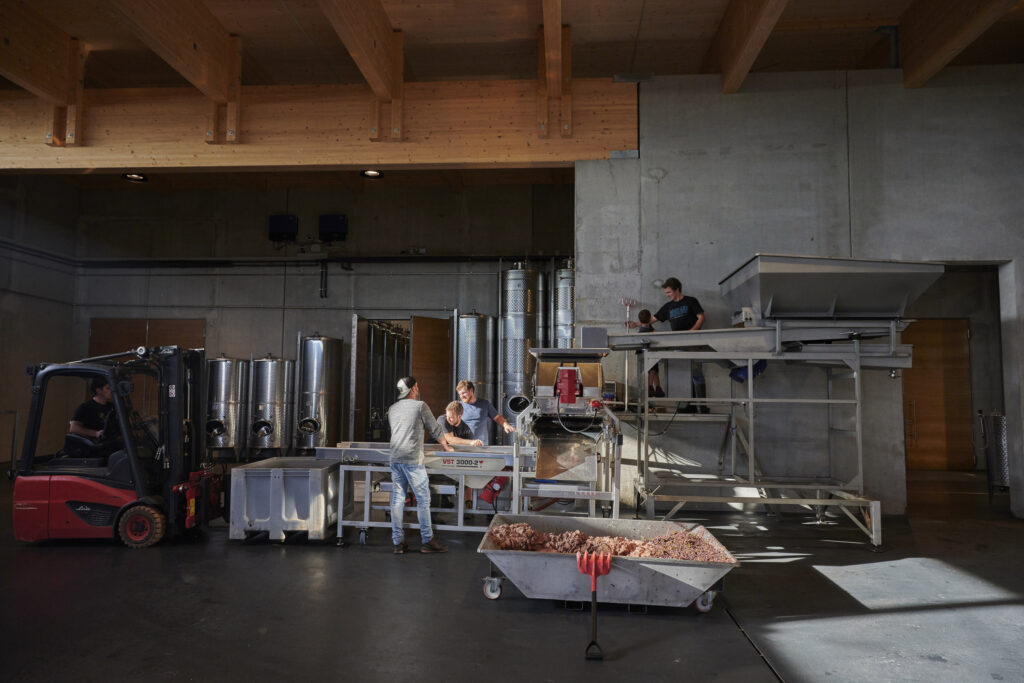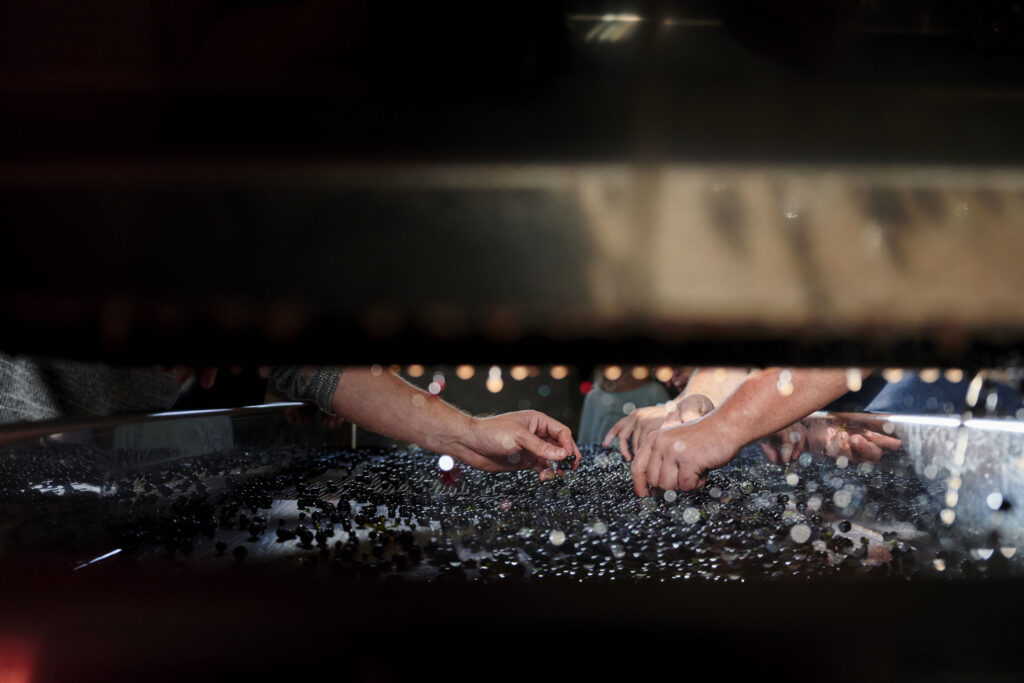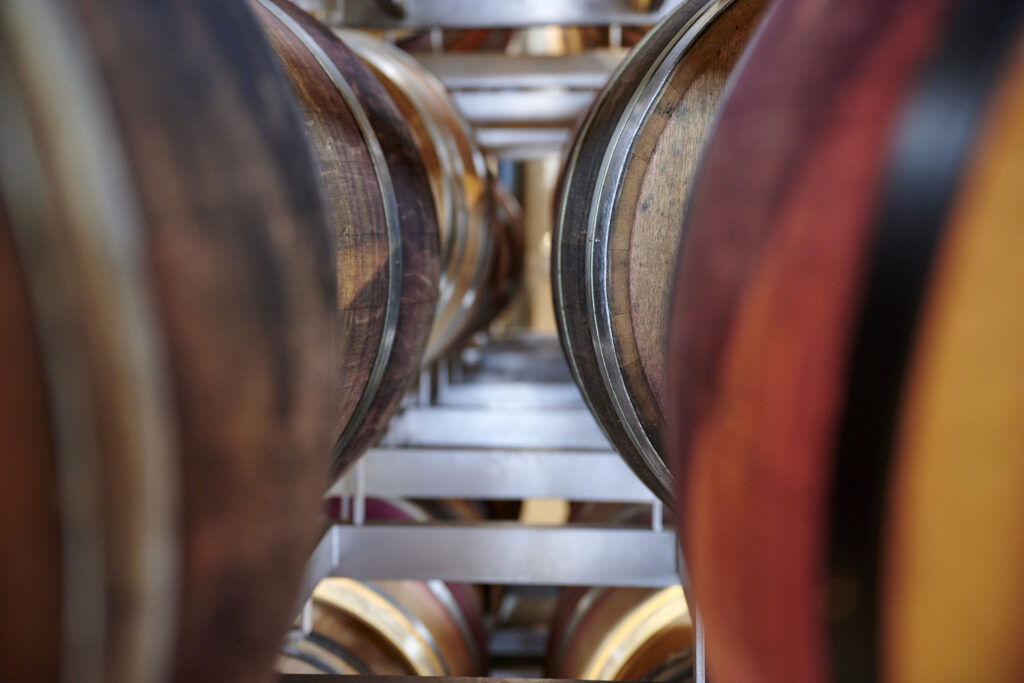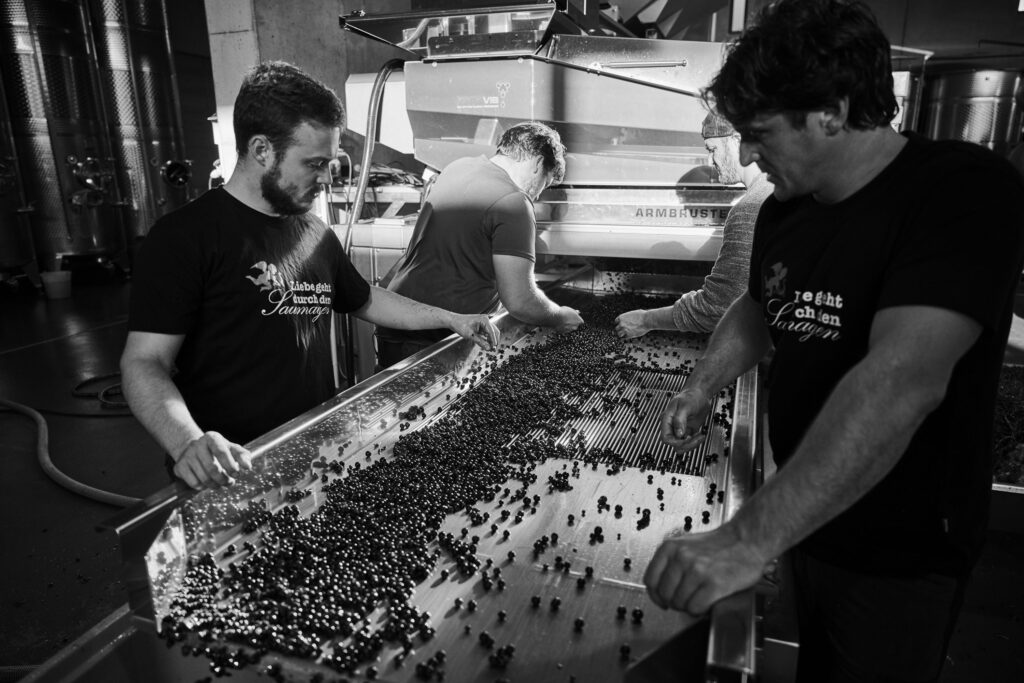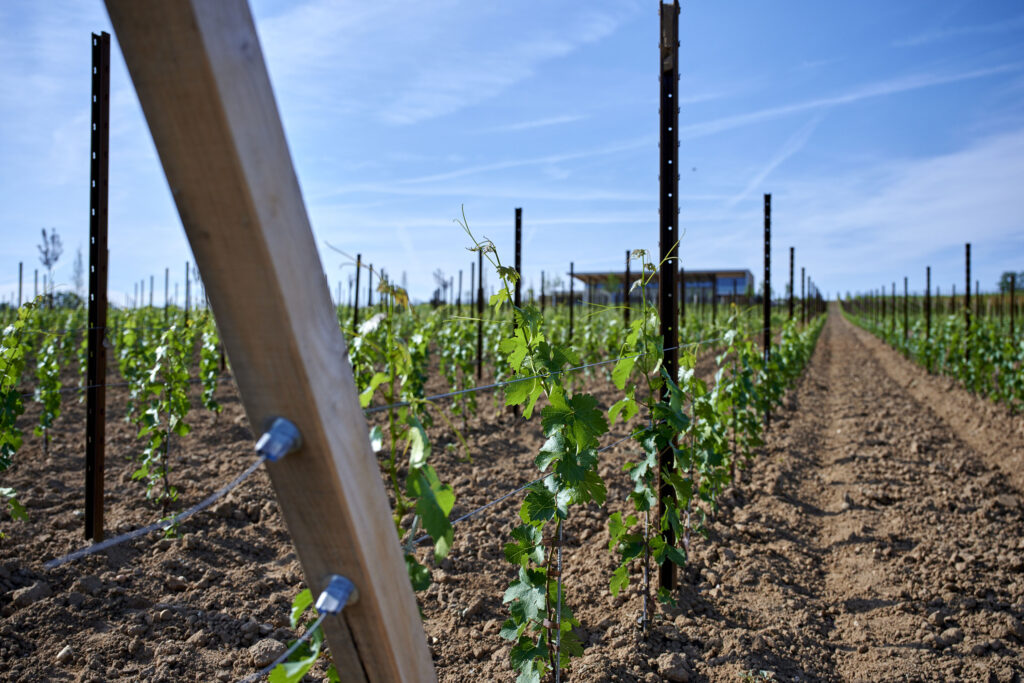Philosophy and Practice
Our wines tell the story of their origins and, like a good tale well told, are full of vitality, exhilarating and enjoyable even after 10 years. And they can do it best when the grapevines are rooted in healthy soils as a part of a balanced eco-system.
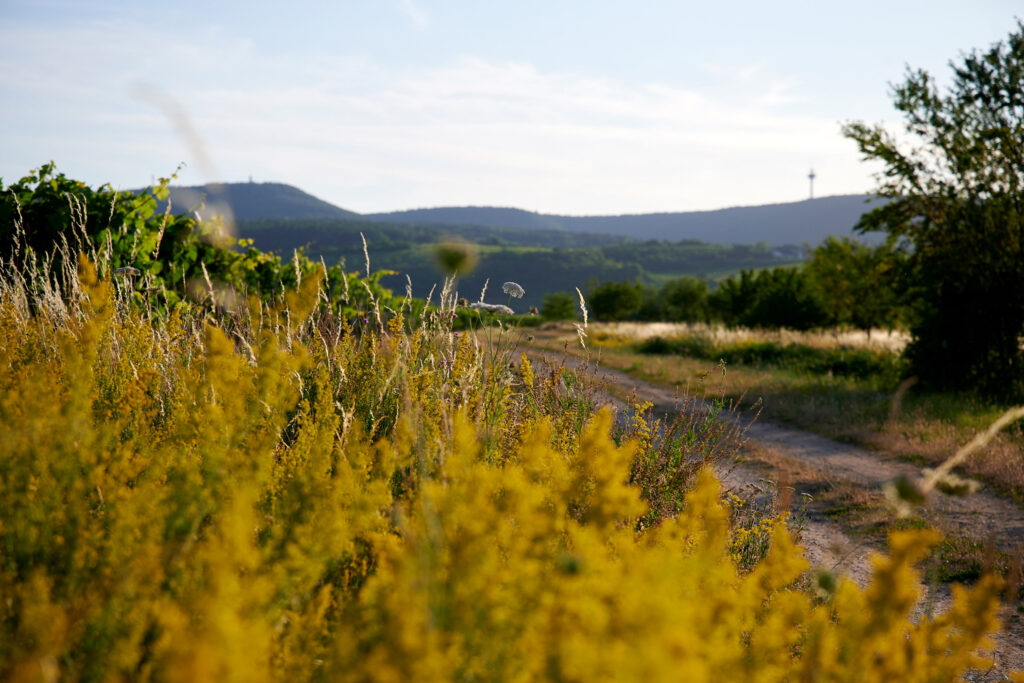
This doesn’t happen on its own; the human element determines the direction a wine’s “plot” will take and greatly influences the outcome. We practice organic farming – not dogmatically or because the topic is currently on everyone’s lips, but because we are convinced that only healthy soil is capable of producing wines which naturally and authentically reflect their origins.
Our vineyards are never exposed to artificial fertilizers, herbicides, insecticides or fungicides. Buckwheat, vetch, mallow, alfalfa and clover flourish between the rows of grapevines. They bind nitrogen from the air and supply the soil with this nutrient in a natural way. Rape and oil radish plants push their roots deeply into the soil and provide good aeration. Such perennials are part of the vineyard, and we carefully observe each site so that we can choose the best seeds to sow. We only have to take action in dry weather, so that these plants don’t begin to compete with the vines. Rolling” them ensures that they still cover the soil and hold moisture in, and allows them to bloom again the next year. To protect the vines from fungal infections, we spray them with the minimum possible amounts of copper and sulphur. We usually keep the soil free of weeds mechanically, but if necessary, we also roll up our sleeves and work with hands and hoes. Once a year we hang pheromones in the rows of all the sites to confuse male grape moths. The scent causes them to have trouble finding the females, so they stay away from the vineyards.
Our soil is our most important asset. We keep it nourished and vital by using compost from our own business, thus returning biomass into the natural cycle. We closely examine each vineyard to determine exactly how much it needs. Our new vineyards are all densely planted, with up to 8,500 vines per hectare. This ensures that the yield per vine is low, without having to interfere with nature.
We are craftsmen. We have 35 hectares of vineyards to cultivate – not with more and more machines, but with many hands. It starts with pruning, which lays the groundwork for quality wines. We gently guide the plants into the desired direction of growth, making sure not to damage the meridians. Next it’s all about managing the foliage. Depending on the needs of each variety, we manually remove the right number of leaves from the right positions to either leave shade or open things up so that each grape has the space and air it requires to ripen evenly. During the summer, thinning the crop marks the final step in fine-tuning the yield. The still greenish clusters of grapes are removed or cut in half to allow the remaining ones to ripen better.
The musts ferment spontaneously with “wild” yeasts that occur naturally. We are self-educated, but experience has taught us more than any university could. Nothing is written in stone. Curiosity and the willingness to question ourselves drive us to continuously improve.
We want our wines to be distinctively dry, without any sweetness to conceal their true nature. This requires the best raw materials, and hand picking is mandatory. Our harvesting team selects the best grapes from the vineyards; we do the final selection ourselves, on the sorting table in the cellar. The musts, including the reds, are allowed to ferment spontaneously with “wild” yeasts that occur naturally in the air or on the grapes themselves. The length of time that a wine is in contact with its lees has a significant effect on its character. It is during this period that the wine unfolds its individual flavors and structure and finds its balance. Many of our wines mature in wooden casks so that they can breathe. Some of the whites rest in large, traditional wooden barrels (“Stückfass” or “Halbstückfass”), others in stainless steel. The French “barrique” is reserved for the reds, which at the end of their long maturation period are bottled without being filtered.
We are self-taught, driven by curiosity and the desire to continuously improve. We try out lots of different things and if something doesn’t work, we discard that idea and move on to others. Nothing is as important as the quality of the wine. Our successes often provide creative elements for later blends, for example using must-fermented white wines, long maturation without sulphur or whole-cluster fermentation with red grapes. Sometimes “extreme” results can be used to give the final touch to a cuvée, like the pinch of spice that adds the final “kick” to a chef’s gourmet dish. Sometimes we love one of our experiments so much that a new wine is born, which is what most recently happened with our white Pinot blend “Kalk & Stein”.
